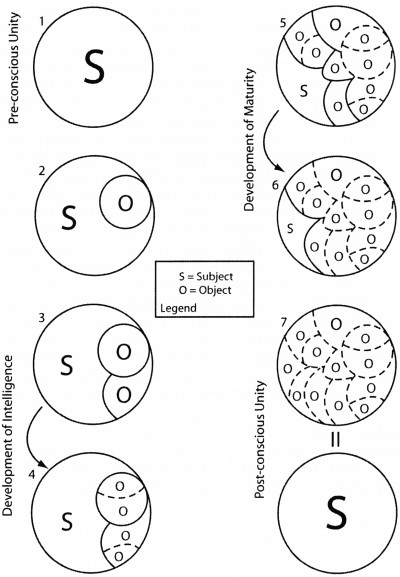I challenge you to think without asking yourself a single question for 5 minutes.
If you are able to do that then perhaps you’re probably already a Zen master or on your way to become one. But I highly doubt anyonce can stop process of internal inquiry at all levels of the human body.
The majority of thinking seems to be based on chains of questions. From our super complex thought all the way down to the very basic levels of simple organisms we seem to be asking questions.
Of course when we get to the simpler organisms we don’t call them questions. We call them “feedback loops”. In my view feedback loops are types of questions that gather information about environmental data. (internal-external)
In the same way our body asks questions. Every time you take a step your body is calculating how much weight and pressure it needs to support. This calculation varies depending on if you’re walking uphill or downhill, if the step is among sand or concrete etc. So, yes, even the simple act of walking takes hundreds of tiny and complex questions.
All our senses – if we could hear them thinking – are asking millions of questions every minute. “What’s the heart rate?”, “How far is that door?”, “Who is that person?”, “How much pressure do I need to apply on this keyboard?”, “Where is the letter “W” on this keyboard? etc.
I will dare to say that if we look at the human organism from a holistic perspective (one that includes thought/cognition at all levels of the system) – then we can’t live without asking ourselves questions.
By association we also can’t live if we don’t think (once again if you recognize cell organization, communication, organ system collaboration etc).
Thinking, breathing, eating, questions, interacting, awareness, consciousness, communication, feeling, sensing, all of these are essential to life when you look at the human organism at all levels.
Questions from the holistic perspective, are essential to life. So, why have’t we organized them, categorized them, classified them?
I realized this back in December ’06 and since then I’ve taken some action by attempting to categorize some types of questions. My hope is that we will become conscious of questions as essential tools for our lives. Hopefully as we become more conscious of how we use them we will simultaneously improve our thinking, our lives and our relationships with others.
Learning and Sharing
I have gone on to add some of the question types to Wikipedia. I am also hoping that some of you are able to contribute to the list there.
Related in this blog
Types of Questions >>
Related on Wikipedia
Wikipedia: “Questions” >>
…………………..
–Daniel Montano
…………………..
Keyword: Daniel Montano, Dan Montano, user experience design, information architect





